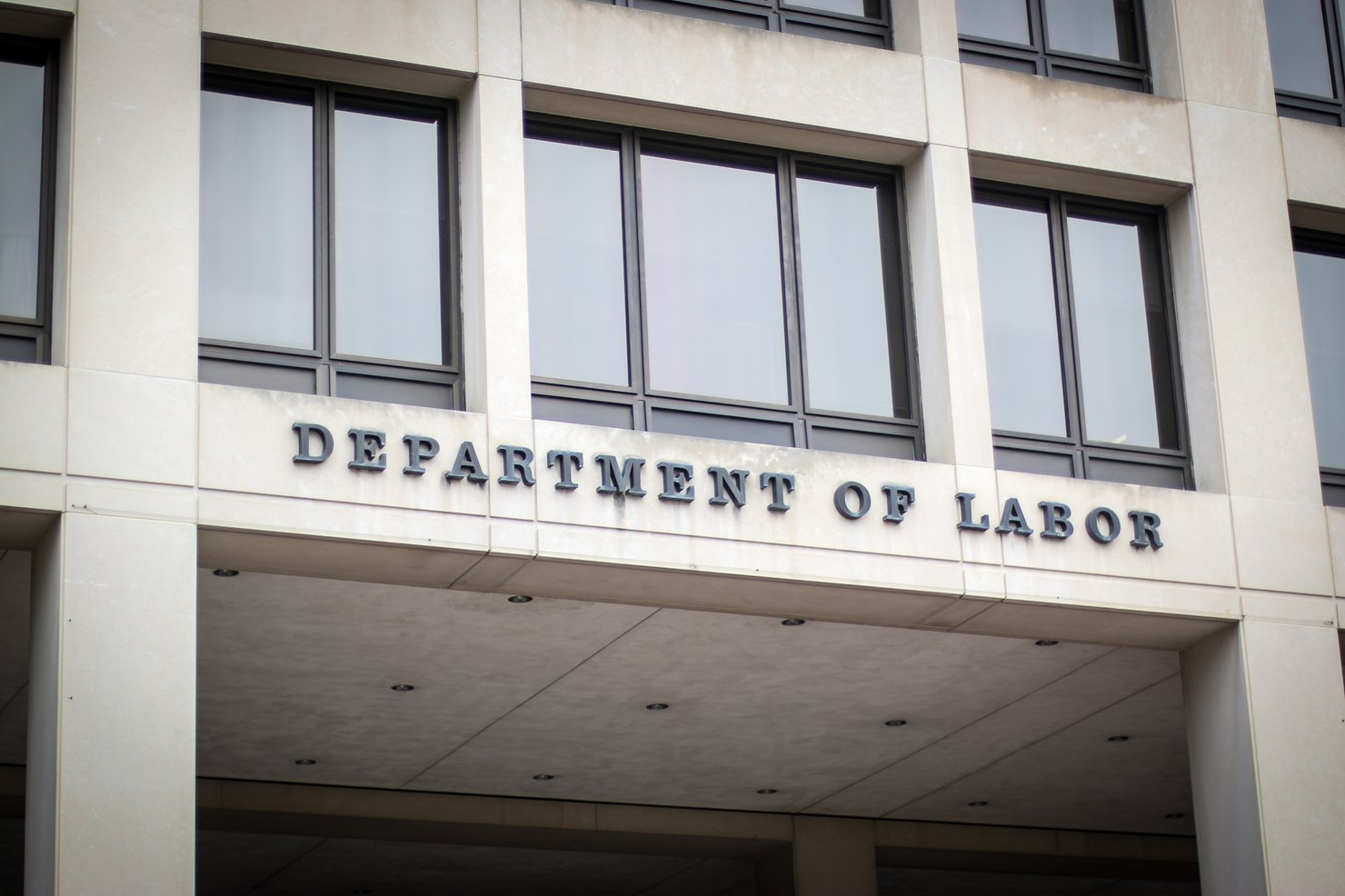Each week, we’re compiling the most relevant news stories from diverse sources online, connecting the latest environmental and energy economics research to global current events, real-time public discourse, and policy decisions. Here are some questions we’re asking and addressing with our research chops this week:
Can President-Elect Biden and the new Congress balance competing priorities, work across the aisle, and deliver solutions to the climate problem?
President-Elect Joe Biden has announced his nominees for some top Cabinet positions, including former US Secretary of State John Kerry as the first ever Cabinet-level “climate czar,” and former Federal Reserve chair and Climate Leadership Council founding member Janet Yellen as the US Secretary of the Treasury. By nominating these climate-focused Cabinet members as some of his top advisers, some analysts have suggested Biden may have plans to prioritize climate change upon taking office, with the possibility of his administration pursuing a far-reaching climate strategy “that goes beyond agencies that directly oversee energy and environment.” Still, obstacles to Biden’s environmental agenda remain: partisan divisions in the Senate may complicate legislative efforts to address climate change or confirm climate-focused nominees, especially given that control of the Senate depends on two forthcoming runoff elections in Georgia. Plus, addressing COVID-19 and passing an accompanying stimulus package remain a priority for legislators in a way that environmental issues might not be.
Former US Senator for Louisiana Mary Landrieu is familiar with the challenges of pushing energy policy through Congress and responding to environmental crises, given her experience chairing the US Senate Committee on Energy and Natural Resources and leading her state through a historic natural disaster. In a new episode of RFF’s Policy Leadership Series Podcast, Landrieu discusses the challenges she faced uniting policymakers at all levels of government and across partisan lines in response to Hurricane Katrina. While she acknowledges that COVID-19 makes bipartisan dealmaking even harder, Landrieu is optimistic about the prospects for addressing climate change. “There are deals to be done,” Landrieu says. “If we work together and not try to score political points, but really focus on the suffering of the world and try to provide a solution, I think we can get there.”
Related research and commentary:

How can we combine research, developing technologies, and available resources in a comprehensive approach toward reducing emissions and mitigating climate change?
In response to the pressing—and accelerating—problem of climate change, companies and governments continue working toward ambitious mitigation goals. For example, Amazon aims to eliminate its carbon footprint by 2040, Microsoft has committed to a net-negative emissions future, and the US Department of Energy recently announced that it will provide $130 million for new solar energy projects. While ideas abound for how technologies like carbon capture and advanced nuclear power might advance mitigation goals, a more cohesive, federal strategy is essential to drive technological developments at the necessary scale. To that end, Bill Gates this week proposed the creation of a new agency modeled on the National Institutes of Health, which would fund clean energy innovations. Writing on his Gates Notes blog, Gates highlights that “there’s no central office that’s responsible for evaluating and nurturing great [energy technology] ideas,” and that a new National Institutes of Energy Innovation could “reduce duplication, focus the government’s efforts, and get the most innovation out of every dollar of funding.”
RFF also has been exploring a comprehensive, technology-inclusive approach to address the problem of climate change, with our Advanced Energy Technologies Project a prominent example. This project applies new research toward understanding the combined effects of available and developing technologies in the grid with the aim of decarbonizing the power sector. Five events held to date as part of a related event series explore these issues further, delving into the future of carbon capture, advanced nuclear power, geothermal energy, energy storage, and direct air capture technologies. Plus, stay tuned for a forthcoming report series, which will examine how proposed policies, such as the American Energy Innovation Act, might impact innovation and deployment of these technologies.
Related research and commentary:

Can the value of ecosystem services and other environmental goods be quantified in the marketplace?
This October, the US Department of Labor finalized a rule that bars retirement fund managers from considering “non-pecuniary” factors in their investment decisions, functionally restricting these investors from considering environmental, social, and governance (ESG) criteria. The regulation comes despite growing interest in environmentally sustainable investments and mounting evidence that incorporating ESG factors comes with no obvious financial drawbacks. Because President-Elect Biden has advocated regulations that require public companies to disclose their climate risks, the new administration appears poised to walk back this guidance. But just how far a Biden administration might go remains unclear: the rule eventually could be reversed through the typical rulemaking process, speedily revoked through the Congressional Review Act if both houses of Congress are in agreement, or even replaced by a more environmentally ambitious mandate. For instance, Rep. Andy Levin (D-MI) is likely to introduce a bill that would not only reverse the Trump-era guidance, but instead require retirement fund managers to consider environmental criteria.
Despite the debate among policymakers, much of the private sector is aligning around the potential of environmentally oriented investments: this fall, JPMorgan announced that it sold $1 billion in “green” bonds. And in a new blog post, RFF Nonresident Fellow Richard Bernknopf discusses the significance of JPMorgan’s recent activities, his concerns with the Labor Department’s guidance, and insights from a recent journal article he coauthored about how environmentally sustainable bonds can offer value in the marketplace. In that paper, Bernknopf and coauthor Craig Broadbent consider two types of managed forests and compare the ecosystem services they provide, in terms of carbon sequestration, water quality, and the possibility of recreational duck hunting. They conclude that bonds based on these ecosystem services can be introduced in the market and offer a demonstrable return on investment. “Including ecosystem services does impact the total return of the assets positively,” Bernknopf contends.
Related research and commentary:








